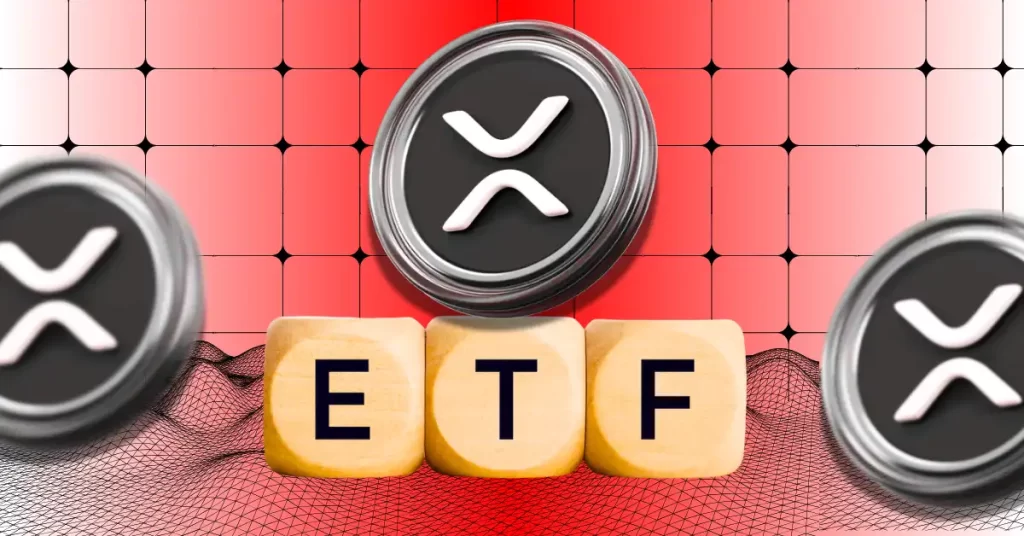
The post SEC Puts XRP ETF Decision on Hold, Ripple Settlement Could Decide What’s Next appeared first on Coinpedia Fintech News
The U.S. Securities and Exchange Commission (SEC) has once again delayed its decision on Franklin Templeton’s proposed XRP Spot ETF, pushing the deadline to June 17th, 2025. While some investors are getting nervous, experts say this isn’t surprising — and there’s no need to panic.
The reason? XRP futures contracts aren’t even live yet on the CME (Chicago Mercantile Exchange). The SEC has followed a clear pattern with other crypto ETFs like Bitcoin and Ethereum in the past: they wait for futures markets to be active and collect enough trading data before considering approval for a spot ETF. This ensures they have a reliable market sample to monitor before giving the green light.
Not just XRP — the SEC is also delaying decisions on other crypto-related ETFs, including those tied to Ethereum staking and Dogecoin. According to James Seyffart, an ETF analyst at Bloomberg, further delays are expected this week for ETF applications involving Solana (SOL) and Hedera Hashgraph (HBAR).
Most final deadlines for these applications won’t arrive until late 2025, so there’s still plenty of time for the regulatory process to play out. Also, Paul Atkins recently stepped into office at the SEC, and it may take time before new leadership shapes policy decisions alongside other commissioners like Hester Peirce.
A Theory For Thought?
Adding to the XRP conversation, a social media user raised an interesting theory: if the SEC and Ripple Labs are considering settling their long-running legal battle with payment in XRP tokens instead of cash, the SEC might delay approving any XRP Spot ETFs until after the settlement. That’s because an ETF approval would likely boost XRP’s price, possibly affecting the value of any settlement made in XRP.
For now, the SEC vs Ripple case is on hold (in abeyance) as both sides work toward a settlement. The deadline for this process is set for June 10th, 2025 — just a week before the new XRP ETF decision date.




